In a time of endless questioning about theocentric and anthropocentric views, Baroque was born and developed. The taste for Baroque Art was tempered by the approximation of opposite realities, by conflict and by the violent contradictions that were directly linked to the context of the time, that is, the worldview of the man of the XVII century. Baroque emerged in Italy and took advantage of some, but strong, elements of the Renaissance, transforming them.
Baroque was a movement that presented complex and difficult-to-understand specificities, such as the opposition of the material world to the spiritual. In this complexity, the energetic personality of the artists of the moment was a great differential within this style, which had ideas open to abstraction and the subjective. To provoke the appreciator of the baroque work, the artist used an exacerbated sensualism and idealization loving woman who abused the verisimilitude of the scenes depicted in everyday life, religious themes and scenes mythological.
Baroque art worked on the arrangement of elements in the paintings, which almost always formed a diagonal combination. The scenes represented were enveloped in a definite opposition of chiaroscuro, had the strength of warm colors, of the gradation of brightness, all these elements reinforced the expression of feeling in the works that almost spoke to their interlocutors. The theme of baroque painting was always realistic, but the reality that served as a starting point for the painter was not it was only that of the nobility, the clergy and the bourgeoisie, but also the reality of the simple life of the workers, peasants.
For the baroque artist, the harmony of the work was always in communion with everything that was expressed there in his production. The harmonious whole of the work was essential. The individual harmony of the work was left in the background. There is, in this sense, the explanation of the valorization of the unit that is linked to architecture, sculptures and painting. The ideal of Baroque constructions became the union of these elements, which began to dialogue harmoniously for the good of the work.
Some Baroque artists in Europe and their respective works:
Do not stop now... There's more after the advertising ;)
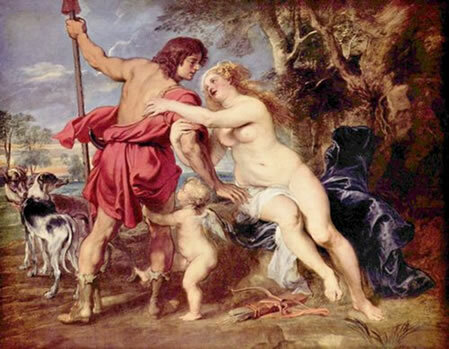
The intensities of warm colors - "Venus and Adonis". Peter Paul Rubens (1577-1640) Spain
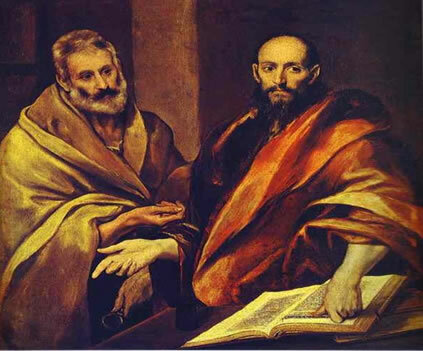
The verticality of the painting “São Pedro and São Paulo”. El Greco (1541-1614) - Spain

Emotion through gradation of clarity - "The Sacrifice of Abraham". Rembrandt van Rijn (1606-1669)
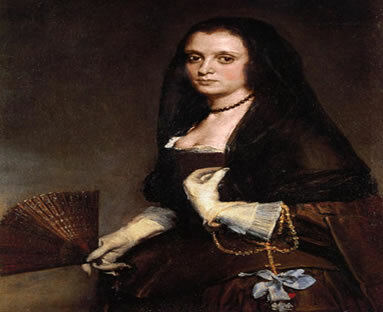
The faces of Spanish nationality “Lady with fan”. Diego Velásquez (1599-1660) – Spain
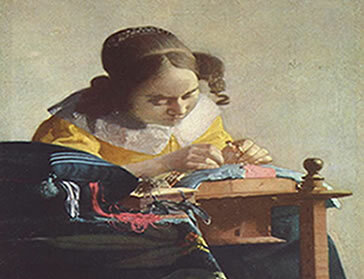
The delicate beauty of everyday life “The lacemaker”. Vermeer (1632-1675)
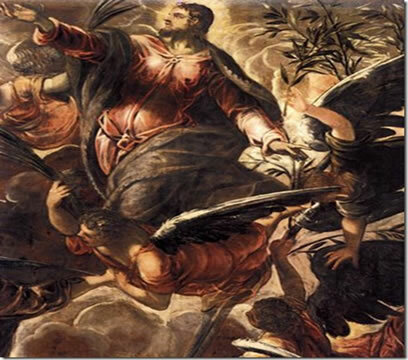
The intensity of light and heat “The Ascension”. Tintoretto (1515-1549) - Italy
Baroque art was impressive, as it expressed the ideas and feelings of the 17th century artist. His themes generated enchantment, the visual appeal of the Baroque works was very strong and real, with this his constructions combined to express a new conception of the world.
By Lilian Aguiar
Graduated in History
Brazil School Team
Would you like to reference this text in a school or academic work? Look:
AGUIAR, Lilian Maria Martins de. "Baroque Art in Painting"; Brazil School. Available in: https://brasilescola.uol.com.br/historiag/a-arte-barroca-na-pintura.htm. Accessed on June 27, 2021.
